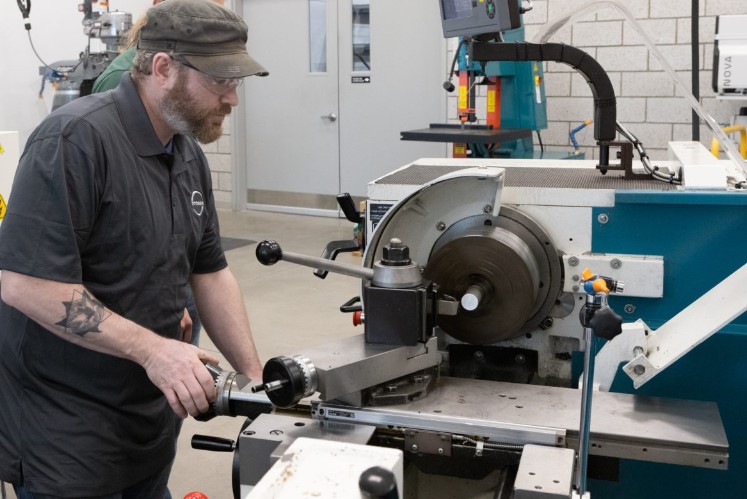
Why Strong Connectivity Is the Backbone of Smart Manufacturing
Connectivity is the foundation that supports today’s advanced manufacturing systems. In the age of smart factories — where automated workflows, cloud services, and industrial IoT are deeply integrated — strong network infrastructure is critical. Without it, even the most sophisticated production lines can grind to a halt.
While equipment failures tend to get immediate attention, connectivity problems often go unnoticed until they cause significant disruptions. Laggy data streams, unstable connections, or signal dropouts can stall operations and erode efficiency. Recognizing and fixing these issues is essential for maintaining uptime and meeting production goals.
How Network Failures Lead to Downtime
Modern manufacturing relies heavily on constant communication between systems. Industrial IoT devices collect and transmit performance metrics to centralized systems for analysis and optimization. If connectivity slows or drops, this critical data pipeline is broken, delaying insights and disrupting automation.
Such interruptions can have wide-ranging consequences: robotic systems may misalign, automation may fail mid-process, or entire production lines may pause. In environments where real-time accuracy is key, even brief delays can trigger ripple effects across inventory, quality control, and order fulfillment.
Weak signals can also compromise mobile tools like handheld scanners, tablets, and tracking systems. When these devices can’t maintain a stable connection, inventory errors and fulfillment mistakes become more likely.
Missed alerts due to latency can result in preventable equipment breakdowns, while unsynced cloud systems hinder overall visibility. For smart factories using just-in-time workflows, even small delays can translate into major inefficiencies.
Enhancing Network Resilience for Smart Operations
A high-performance network is a critical investment for manufacturers. Upgrading to the latest wireless standards — such as Wi-Fi 6 or Wi-Fi 7 — boosts speed, stability, and bandwidth for demanding factory environments.
Beyond the upgrade, evaluating signal coverage is key. Access points must be placed to eliminate dead zones, and mesh networks offer flexibility to ensure wall-to-wall connectivity across large or complex floor plans.
Incorporating edge computing allows data to be processed closer to where it’s generated, reducing the strain on centralized networks and ensuring real-time decision-making remains uninterrupted.
Rugged hardware is another pillar of connectivity reliability. Rugged computers or tablets that are built to withstand factory hazards — including heat, dust, and vibration — are less prone to failure, which keeps systems online even in harsh settings.
Lastly, consistent performance monitoring allows teams to stay ahead of potential network issues. A proactive approach helps prevent slowdowns and outages, enabling manufacturers to run smarter, leaner, and more reliably.
Download the full guide to learn how to reinforce your smart factory network and minimize connectivity-related disruptions.




